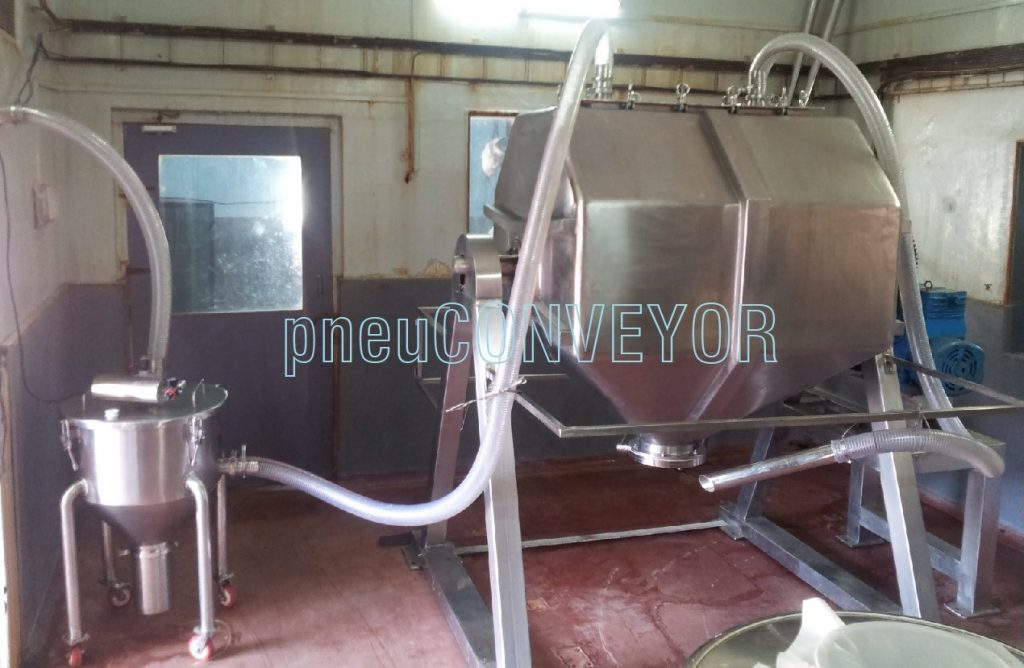Octagonal blender working principle
Octagonal blender, also known as an octagonal mixer or octagonal drum mixer, is a type of industrial blender used for mixing and blending of dry powders, granules, and other solid materials.

The working principle of an octagonal blender is based on the rotation of an octagonal-shaped drum that contains the materials to be mixed. The drum is designed in such a way that the material inside it moves in a complex pattern during the rotation, ensuring that all the particles are uniformly mixed.
The blender consists of a motor, a gearbox, and an octagonal-shaped drum. The motor drives the gearbox, which in turn rotates the drum. The drum is fitted with a series of baffles or internal fins that help to lift and tumble the material as it rotates. This ensures that the material is thoroughly mixed and homogenized.
The materials to be mixed are loaded into the blender through a charging port, which is sealed during the operation. The blender is then rotated for a specific period, depending on the type of material and the required mixing time. Once the mixing process is complete, the material is discharged through a discharge port located at the bottom of the blender.
The octagonal blender is widely used in industries such as pharmaceuticals, food processing, chemicals, and cosmetics, where uniform blending and mixing of dry powders and granules are essential.
An octagonal blender is a type of equipment used in the pharmaceutical, food, and chemical industries for mixing powders and granules uniformly. Its unique design consists of an octagonal-shaped container with a horizontally rotating agitator that moves the material in a multidirectional pattern.
The working principle of an octagonal blender involves the following steps:
- Loading: The material to be blended is loaded into the octagonal blender through the charging port.
- Mixing: The agitator inside the blender rotates horizontally, causing the material to move in a multidirectional pattern. The agitator may have paddles or ribbons attached to it to enhance the mixing process.
- Discharge: After the blending process is complete, the material is discharged through the discharge port located at the bottom of the blender.
The key advantage of the octagonal blender is that it produces uniform mixing without damaging the particles of the blended material. The unique design of the blender also prevents material from sticking to the walls of the container, making it easier to clean and maintain.

